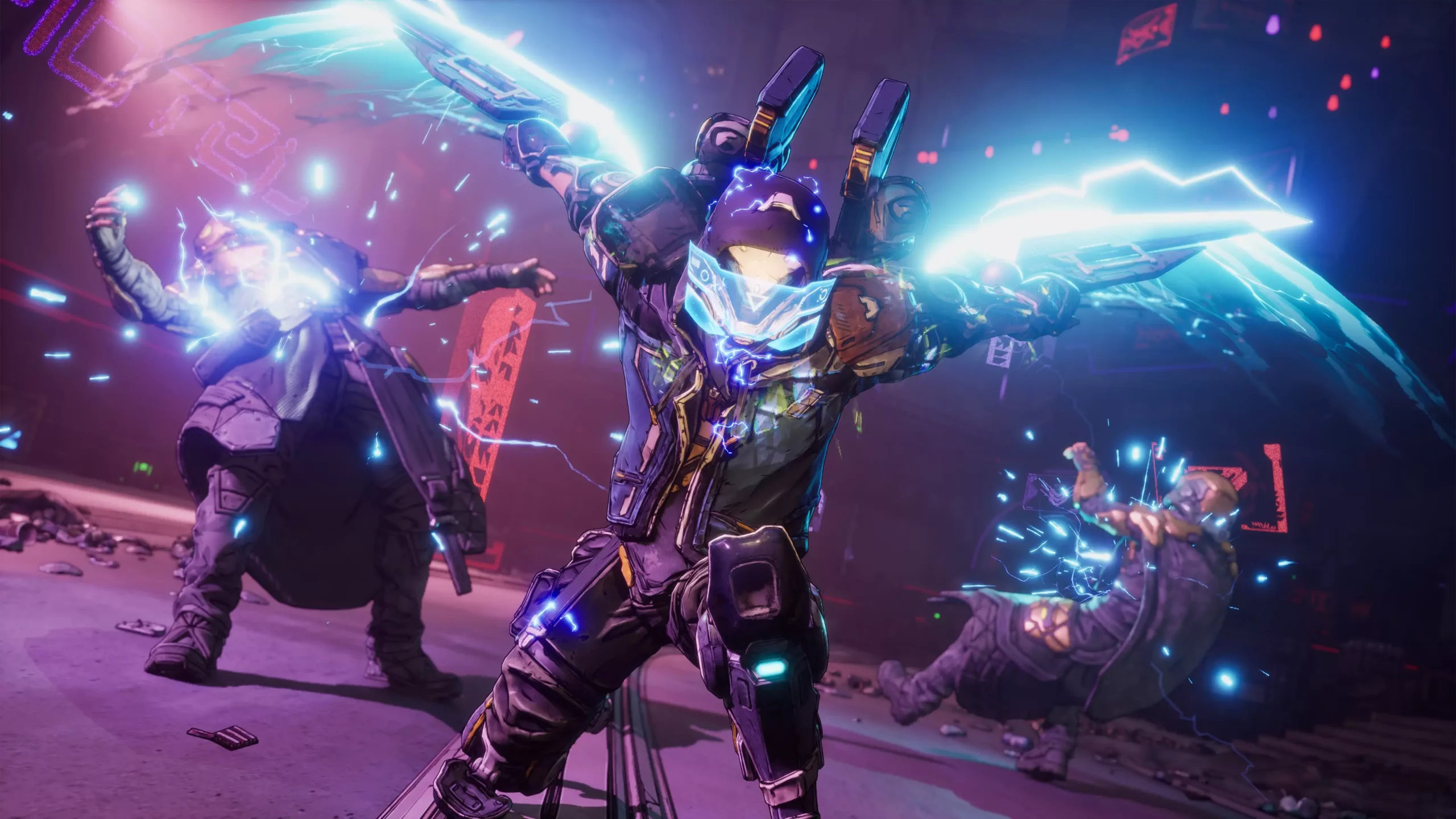In an era marked by increasing gaming costs, the upcoming title, Borderlands 4, generates excitement, but also questions about its pricing. As the gaming landscape shifts, gamers find themselves grappling with a new standard where many titles are being marketed at $80. The conversation surrounding the price of Borderlands 4 became particularly pronounced during a recent PAX East panel, featuring Gearbox’s CEO, Randy Pitchford. While the exact price remains shrouded in uncertainty, Pitchford’s insights offer a window into the complexities of game pricing in today’s climate.
Understanding the Development Costs
One of the most critical factors influencing the pricing of video games today is the significant increase in development costs. Pitchford highlighted that Borderlands 4’s budget exceeds that of its predecessor, Borderlands 3, by more than double. This stark increase underscores the financial pressures faced by developers in a highly competitive market. As technology advances, games demand more intricate designs, larger worlds, and richer narratives, all of which contribute to soaring production expenses.
Moreover, game developers are not merely producers, but also strategists who must consider the economic sensitivities of their consumer base. The delicate balance of delivering value while ensuring profitability is a tightrope that developers like Gearbox must walk carefully. With public sentiment shifting towards holding off on pricier purchases, Pitchford acknowledges the need for developers to be cognizant of the economic landscape in which players are operating.
Consumer Expectations and Brand Loyalty
A crucial element in the pricing equation lies in consumer expectations. Gamers are increasingly vocal about their desires and thresholds when it comes to spending on new titles. The sentiment surrounding inflated prices can lead to backlash, especially among loyal fans who have supported franchises like Borderlands for years. Pitchford expressed his commitment to ensuring that those who invest in Gearbox games feel they receive significant value in return. “We want people to buy it so we have the resources to make more,” he iterated, recognizing the reciprocal relationship between developers and gamers.
The challenge is therefore dual-faceted: developers must innovate and enhance their offerings while keeping player satisfaction at the forefront. Players want immersive experiences that justify their investments, particularly as the frequency of price increases becomes a regular occurrence. This leaves developers in a scenario where they must not only produce high-quality content but also foster loyalty and trust among their audience.
Anticipating Borderlands 4 Pre-orders
With pre-orders for Borderlands 4 inching closer, the question of its price looms larger. Pitchford hinted that a decision from Take-Two, the parent company of Gearbox, may align with recent trends without committing to a specific price tag. When developers hint at following the lead of industry giants like Nintendo and Microsoft, gamers might bristle at the thought of the price tag hitting $80, especially if it implies a shift toward a more monetized gaming landscape.
Interestingly, Pitchford’s comments about offering additional content—like a requested minimap for the game—indicate an evolving model of consumer engagement. The joke about selling preferred features as paid extras raises broader implications regarding the trajectory of game development. Will future titles adopt a strategy of piecemeal content, where the core game remains at one price point, but desirable features carry additional costs? Such models can provoke debate around fairness and the notion of complete games.
The Future of Game Pricing
Ultimately, the uncertainties surrounding Borderlands 4’s price reflect a larger trend impacting the gaming industry as a whole. As development costs escalate and consumer expectations evolve, the decision-making processes behind pricing strategies become increasingly intricate. While Pitchford’s candid remarks signal an awareness of these challenges, they also leave room for speculation. The future of gaming may see developers navigating these complexities with innovation and agility, guided by the need to adapt and respond to their community’s voices.
In this evolving landscape, one thing remains clear: as the industry adapts to new economic realities, the balance of value, engagement, and profitability will define not just the success of Borderlands 4 but also the future of gaming itself.

